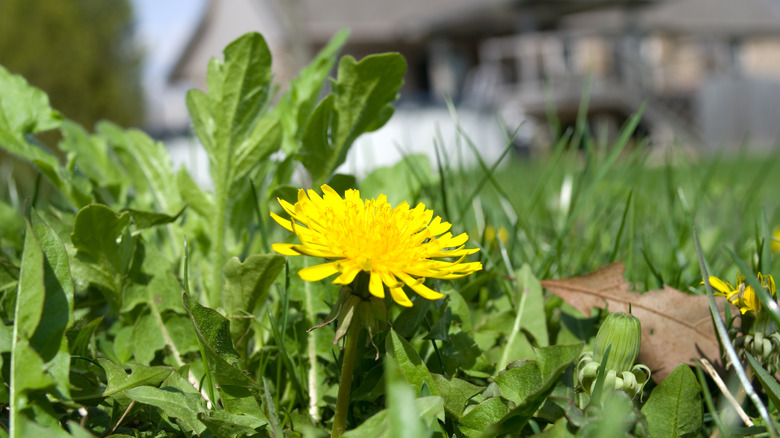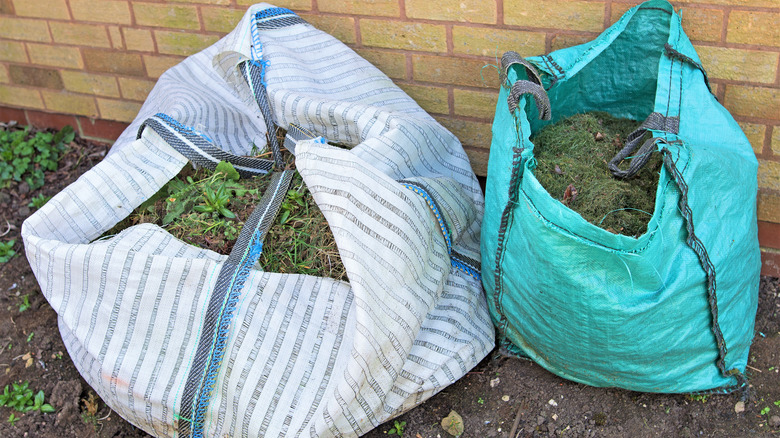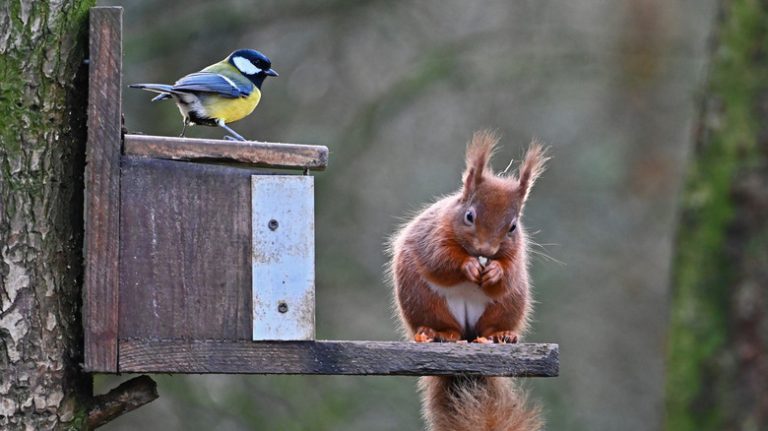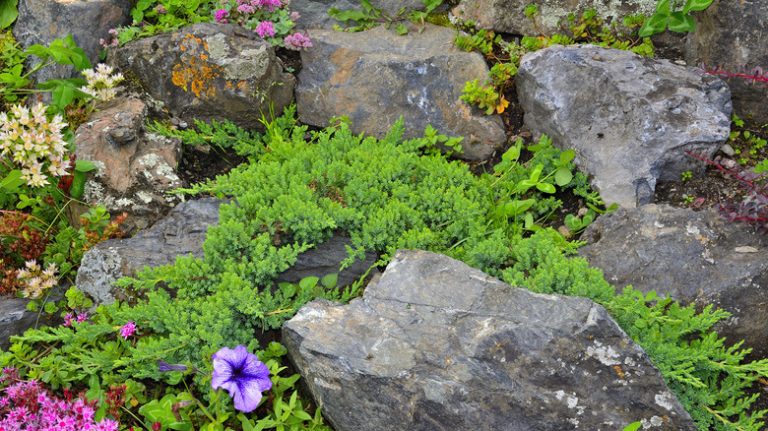One of the greatest lazy-lawn-care-hacks is to leave glass clippings on your lawn. If they are one inch or less, you don’t have to go back and remove them. You can skip that chore and leave them on your freshly cut lawn, providing resources and valuable nutrients to the grass underneath. Since they’re so small, they will shift down to the soil beneath in a few days and decompose quickly, allowing you to skip your seasonal fertilizer. However, you should skip this step if your grass is riddled with weeds.
Leaving behind weed grass clippings — or taking it a step further and composting them – will cause more weeds to multiply. As anyone who has battled with crabgrass or dandelions will tell you, they’re hard to remove without adding fuel to the fire. If you’re trying to eradicate your yard from them, leaving behind their clippings will only encourage them to multiply, undoing all of your previous efforts. Here’s why.
Why you shouldn’t leave weed clippings on your yard

Dead weeds can’t harm your yard, right? Wrong. While the weeds themselves might be dead, their seeds are still thriving, and leaving them on your lawn will only help deposit them into the soil underneath. This will make them proliferate across your yard, helping them multiply.
While this is what every responsible yard cultivator should avoid in theory, sometimes laziness takes over, and you feel tempted to leave them behind anyway. If that’s the case, then commit yourself to only removing hard-to-control weeds such as dandelions, clover weeds, and purslane. These tend to spread across your yard like wildfire, and they’re easy to identify.
Dandelions are either yellow or have white fluffy heads once dried. Their deep rooting systems make them difficult to eradicate once they take hold. Clover weeds have three small petals with a white v-mark in the center, much like a shamrock. They tend to take over a yard quickly, spreading out and taking resources away from the surrounding grass. And purslane is a super plant that is one of the hardest to remove. It’s a fleshy succulent that grows in viny mats across the ground. It tends to grow quickly and with deep roots, making it hard to eradicate. If you have any of these, make sure to bag your clippings.
What to do with weed clippings

So if you can’t compost weed clippings, what can you do with them? You must bag and put them in your yard waste trash can. You can do this one of two ways. If you have a mower with a bag attachment, half of the work has already been done for you. The clippings will automatically go into the bags, and all you have to do is transfer them into a paper yard waste bag and put it into the properly labeled trash can.
If you don’t have a bag attachment, you will need to rake the clippings from the yard and put them into the yard waste bag. Depending on where you live, you might have different waste collection options. Some cities have designated yard waste trash cans you can rent that are picked up on a specific day, much like recycling and regular trash. Others require you to purchase a sticker that you then adhere to the bag, and it’s picked up on your regular waste day. Then there are some towns that require you to hire a junk hauler to bring it directly to the recycling plant. Research your specific area to see which option is best for you.



